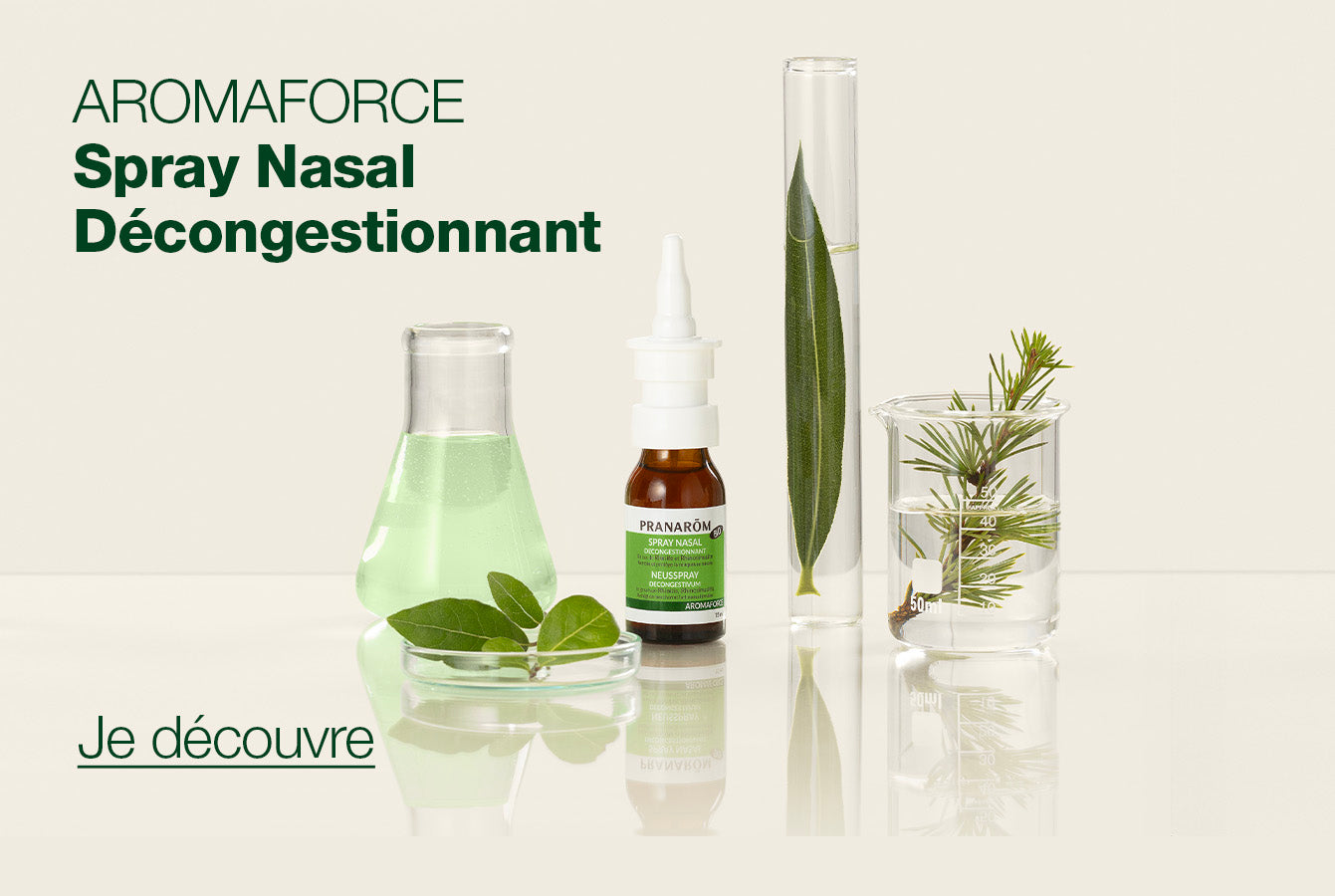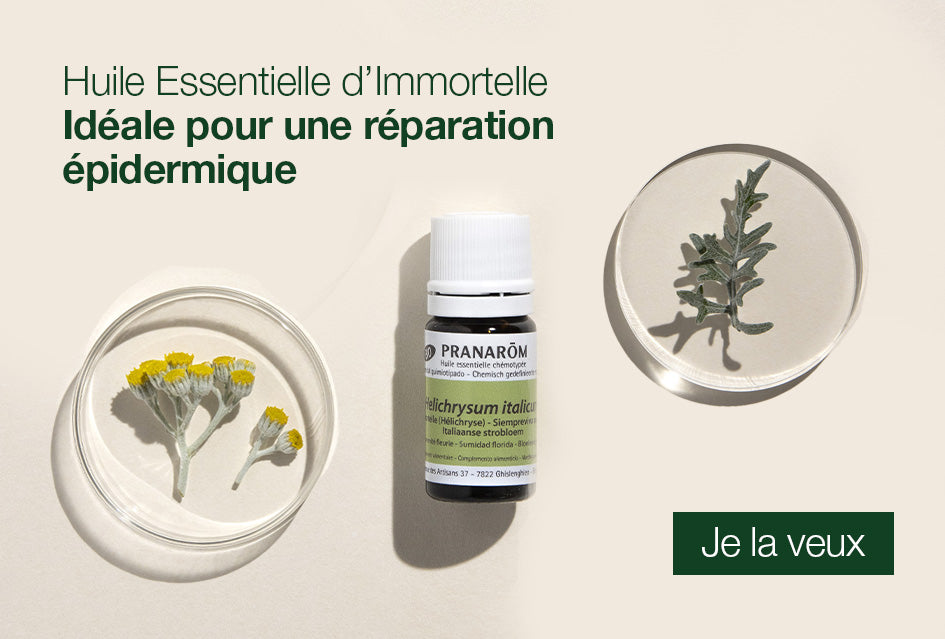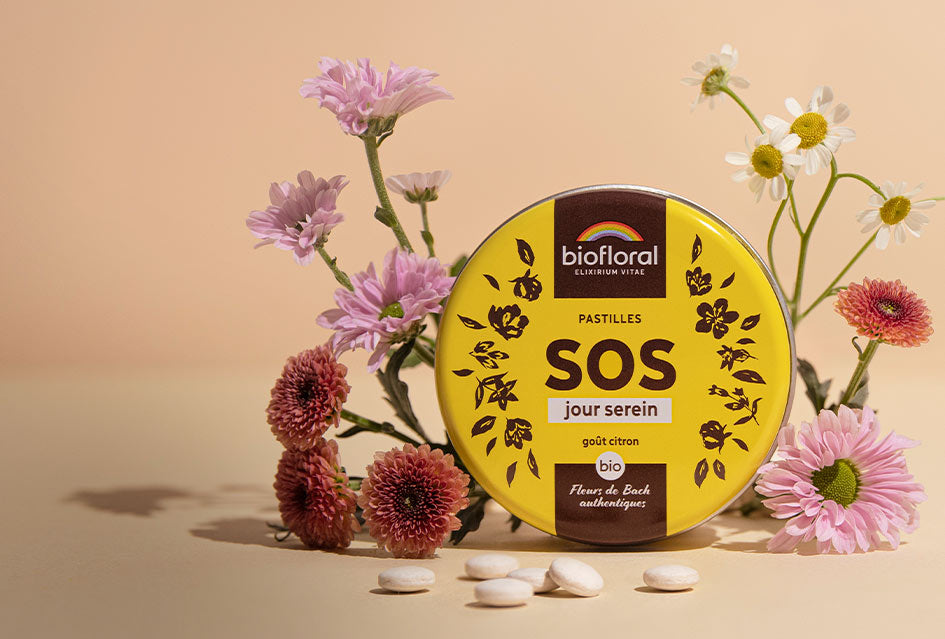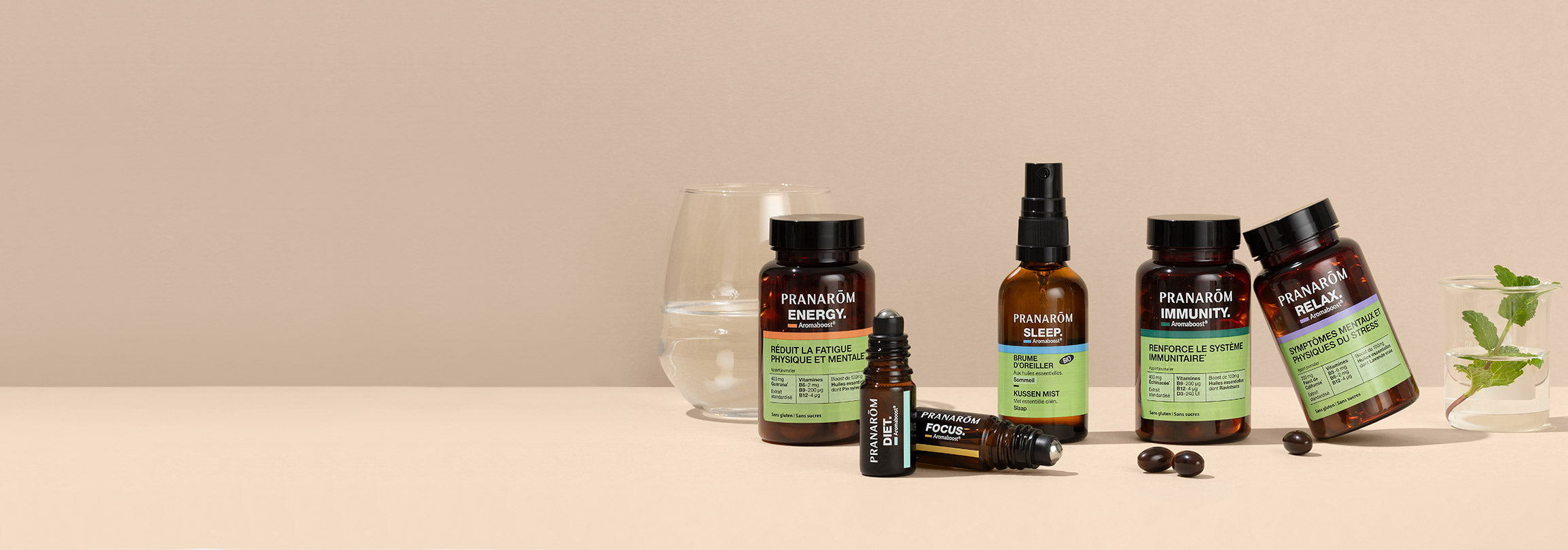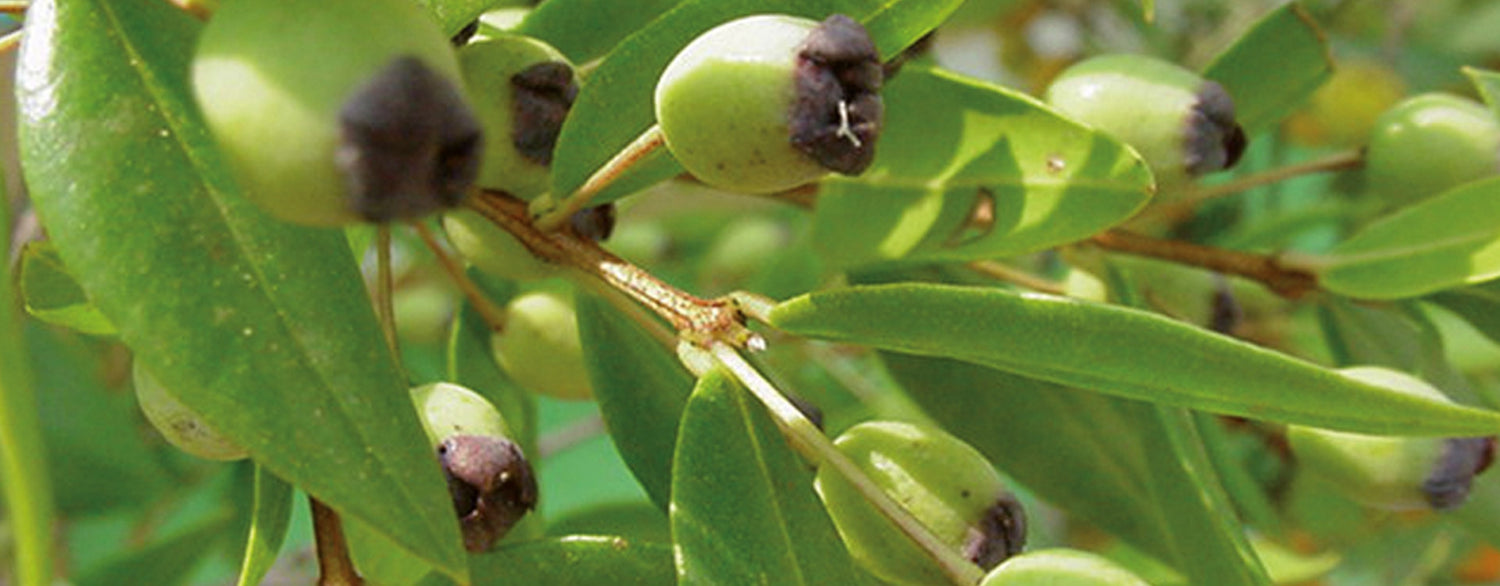1 in 2 French people over 50 suffer from haemorrhoids. In addition to traditional treatments, recent studies have demonstrated the significant benefits of Myrtle essential oil in treating this highly uncomfortable condition: explanations.
Haemorrhoids in a nutshell
Dilation of the veins in the anal area (anus and rectum) and the tissue surrounding them, haemorrhoids cause pain, itching, irritation and bleeding during or after defecation. The medicines most commonly used to treat haemorrhoids are lidocaine (gel, ointment, suppositories), aluminium acetate, zinc oxide and hydrocortisone.
Myrtle essential oil
A number of scientific studies have revealed the properties of Myrtle cineole essential oil (Myrtus communis), in particular its anti-inflammatory, anti-nociceptive, healing, antibacterial, antifungal and astringent properties, which are of great interest in the treatment of haemorrhoids.
Comparative study
In order to assess the role of Myrtle essential oil in reducing the severity of the disease and its symptoms, a 2014 study by Yunes Panahi et al. compared a topical lotion prepared from Myrtle essential oil with an ointment commonly used to treat haemorrhoids.
Experiment
This clinical trial, conducted between 2009 and 2011, was a randomised, double-blind, double-placebo, parallel-group, controlled trial. All 106 patients, 41.5% of whom were women, were examined by a specialist doctor for a diagnosis of haemorrhoids. The frequency and severity of symptoms were assessed by class at the start and end of the study (bleeding, permanent pain, pain on defecation, anal itching, irritation, heaviness and tenesmus). Symptom intensity (Sym) was scored as follows: score 0: no Sym, score I: mild Sym, score II: moderate Sym, score III: severe Sym.
The patients (subdivided into 2 groups) were randomly given the following treatments: a lotion containing Myrtle essential oil (standardised to 30 mg 1,8-cineole/ml) and a placebo ointment OR an anti-haemorrhoid ointment (composed of: hydrocortisone acetate 35 mg/g, lidocaine (50 mg/g), aluminium acetate 35 mg/g and zinc oxide 180 mg/g) and a placebo lotion. They were all asked to apply 10-15 drops of the lotion to the anal area for a period of 2 weeks, followed by immediate application of the ointment.
Results
At the end of the treatment, all the symptoms assessed were significantly and effectively reduced in the 2 groups; 'M. communis' and 'Anti-hemorrhoid' (p andlt;0.001), which shows that the clinical effectiveness of 'M. communis' lotion is equal to that of 'Anti-hemorrhoid' ointment in reducing the severity of haemorrhoid symptoms.
The results of this research therefore provide the first clinical evidence of the efficacy of Myrtle essential oil in reducing haemorrhoid symptoms. It can be used as an effective medication for the treatment of early stage haemorrhoids and as an adjunct to surgery in severe stages. This essential oil lotion can also be used as an alternative treatment for patients suffering from the side effects of corticosteroids.
How should essential oils be used to treat haemorrhoids?
Essential oils are a valuable ally in the fight against haemorrhoidal attacks. Essential oils act on the origin of the pain thanks to their various properties: anti-inflammatory, healing and vasoconstrictive, etc.
When applied externally, the essential oil is diffused internally through the bloodstream. You need to be careful when using essential oils, especially on urogenital areas.
The use of essential oils should be exceptional. In the event of pain, it should be stopped immediately. Clean the area with a cotton pad soaked in vegetable oil to remove any essential oils.
You can combine essential oils to create a synergy.
Combining them reinforces their active ingredients and therefore their effectiveness. However, you need to be careful when combining them. We advise you not to use more than 4 essential oils in combination.
In addition to essential oil treatment, we recommend that you eat a balanced diet and keep well hydrated. If your symptoms persist or worsen, we strongly recommend that you consult a doctor.


Références
- Panahi, Y. et al. Myrtus communis essential oil for the treatment of hemorrhoids: a randomized double-blind double-dummy parallel-group comparative study. Turk J Pharm Sci, 11(1), 1-8 (2014).
- Bême D. Que faire en cas d’hémorroïdes ? http://www.doctissimo.fr/html/sante/mauxquot/sa_1113_hemorroides.htm (2015).
- Abascal K, Yarnell E, Botanical treatments for hemorrhoids, Altern Complem Ther 11, 285-289 (2005)
- Sumbu S, Aftab Ahmad M, Asif M, Akhtar M, Linn. A review, Indian J Nat Prod Re- sour 2, 395-402 (2011)


